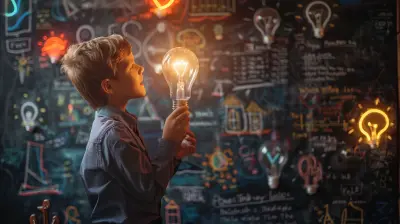How Virtual Reality Is Transforming STEM Learning
5 October 2025
Technology is advancing at an unprecedented pace, and education is no exception. One of the most exciting innovations shaping the future of education is Virtual Reality (VR). Once seen as a tool strictly for gaming or entertainment, VR is now making waves in STEM (Science, Technology, Engineering, and Mathematics) learning.
Imagine dissecting a frog without the mess, walking on the surface of Mars, or conducting complex physics experiments without worrying about safety—this is the power of virtual reality in education. But how exactly is VR transforming STEM learning? Let's dive in!
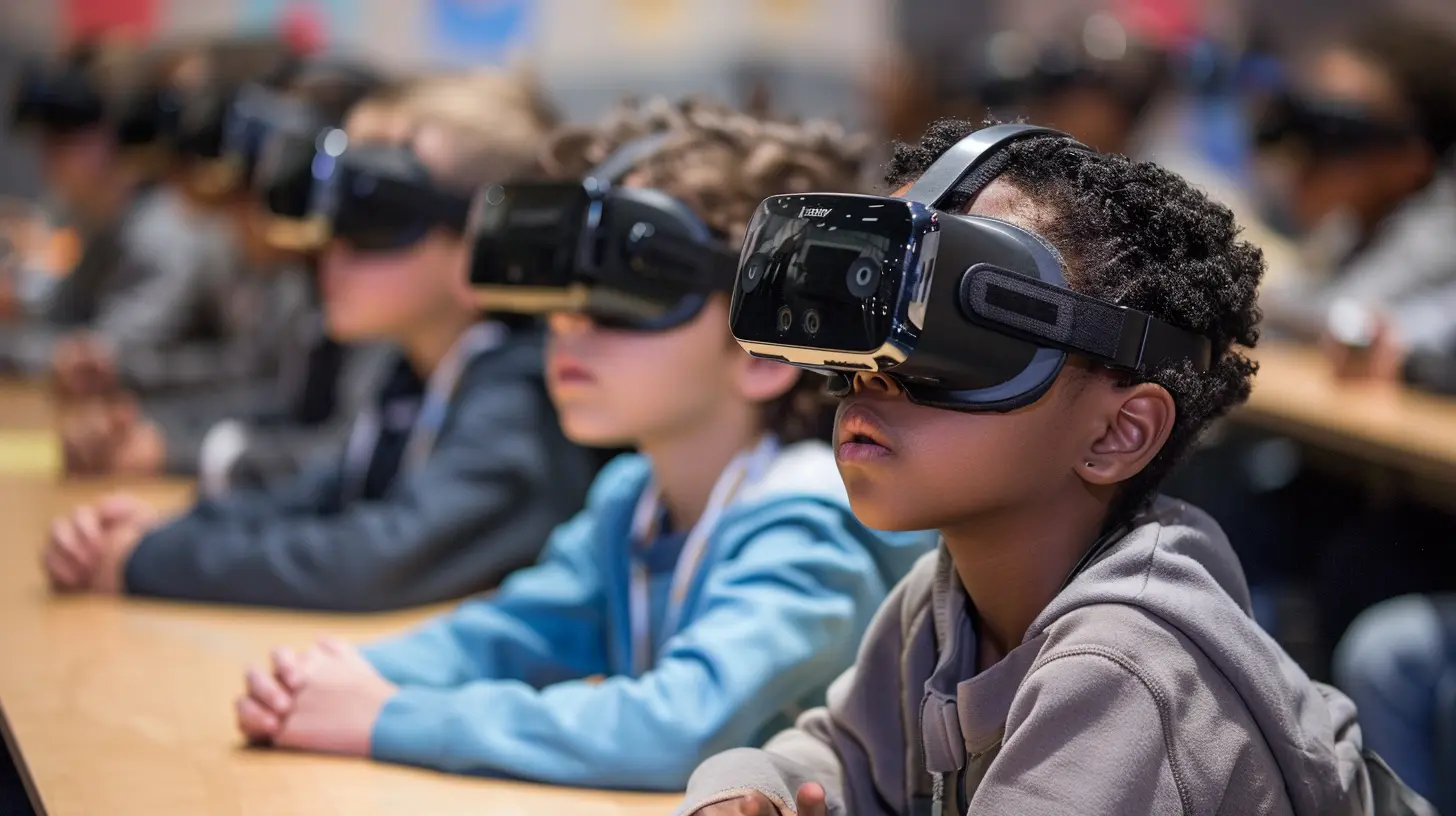
What Is Virtual Reality?
Before we jump into its impact on STEM learning, let's quickly define what Virtual Reality (VR) actually is. VR is a computer-generated simulation of a 3D environment that users can interact with using special equipment like VR headsets and controllers. Unlike traditional learning methods, VR offers complete immersion, making users feel as if they are physically present in a digital world.Now, let's discuss how this technology is revolutionizing STEM education! 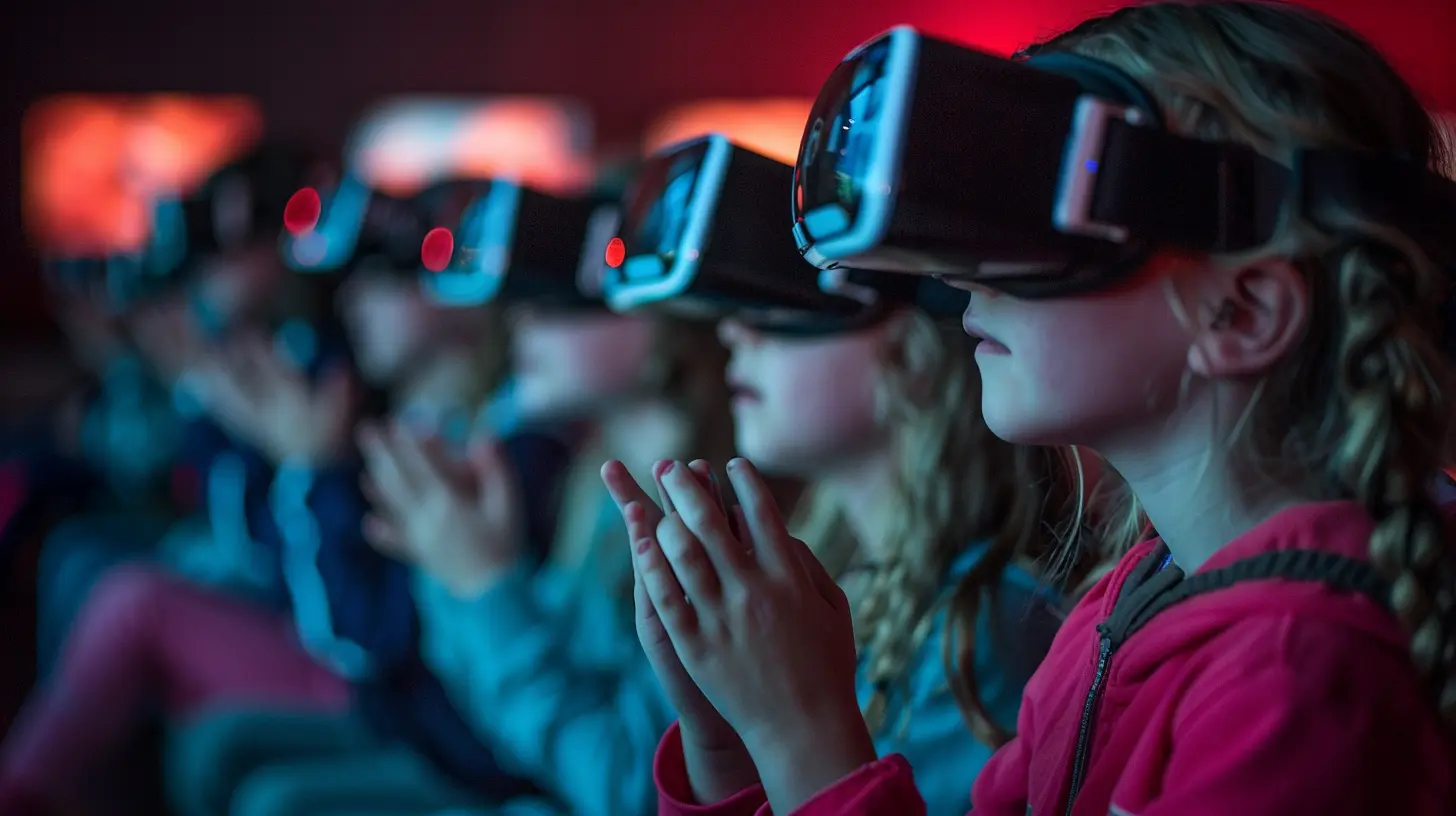
The Role of Virtual Reality in STEM Learning
STEM education can sometimes be theoretical and abstract, making it difficult for students to grasp complex concepts. VR changes the game by bringing these concepts to life. Here’s how:1. Making Abstract Concepts Tangible
Many STEM subjects involve abstract theories that are hard to visualize. For example, quantum physics, molecular biology, and calculus can often seem intimidating. VR brings these concepts to life by allowing students to interact with them in a 3D space.- Want to understand atomic structure? In VR, students can "hold" atoms in their hands and see how they interact.
- Learning about the solar system? Instead of looking at diagrams, students can "fly" past planets and experience their scale firsthand.
By turning abstract ideas into real, interactive experiences, VR makes learning more intuitive and engaging.
2. Enhancing Engagement and Retention
Let’s be honest—traditional learning methods, like textbooks and lectures, can sometimes be boring. Students often struggle to stay engaged, leading to low retention rates. VR changes this by making learning an interactive adventure.- Studies have shown that students retain information better when they experience it firsthand rather than just reading about it.
- Gamification elements in VR learning (like challenges, rewards, and interactive tasks) make education more fun and exciting.
When students are engaged and having fun, they’re more likely to absorb and remember information. It’s like the difference between reading about swimming and actually jumping into a pool!
3. Encouraging Hands-On Learning Without Risks
Some STEM experiments involve significant risks—whether it's handling dangerous chemicals in chemistry, dissecting animals in biology, or experimenting with heavy machinery in engineering. VR removes these risks by offering a safe, controlled learning environment.- In chemistry, students can mix virtual chemicals without the fear of causing explosions.
- Engineering students can build virtual structures and test their stability without worrying about costly failures.
- Medical students can practice surgeries in a VR simulation before working with real patients.
With VR, mistakes are learning opportunities instead of dangerous accidents.
4. Bridging the Gap Between Theory and Practice
One of the biggest challenges in STEM education is applying theoretical knowledge to real-world situations. Too often, students learn formulas and theories without understanding how they apply in practical scenarios.VR helps bridge this gap by simulating real-world environments where students can apply what they’ve learned.
- Instead of just studying engineering blueprints, students can walk through a virtual construction site and understand how buildings are actually designed and assembled.
- Instead of memorizing anatomy from a textbook, medical students can interact with a virtual human body and explore how organs function.
By integrating theory with hands-on practice, VR prepares students for real-world careers in STEM fields. 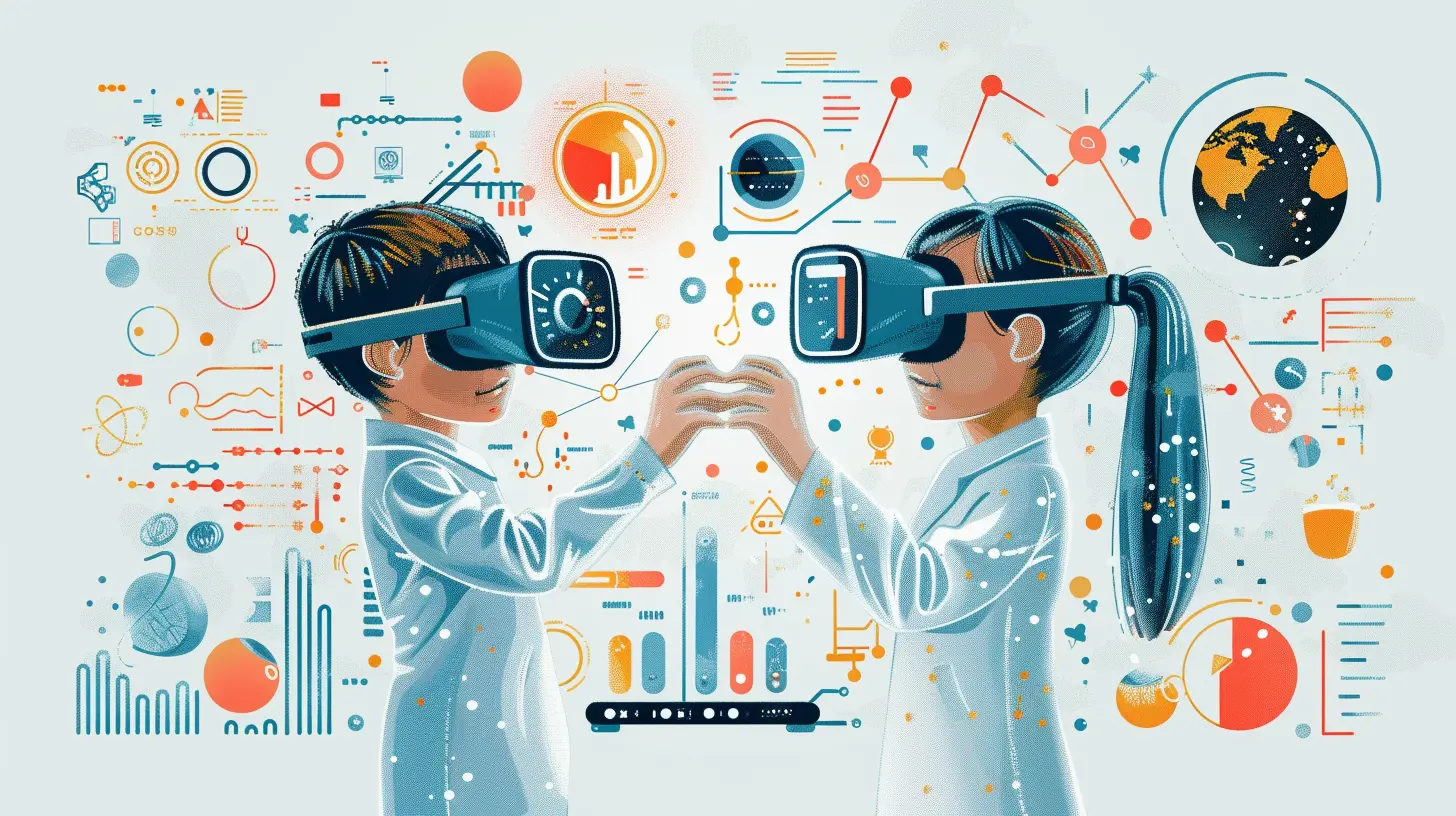
How Virtual Reality Is Transforming Different STEM Fields
Each STEM discipline benefits from VR in unique ways. Let’s take a closer look at how VR is reshaping science, technology, engineering, and mathematics education.🔬 Science
- Conduct virtual lab experiments without expensive equipment or harmful chemicals.- Simulate biology dissections, allowing students to explore organs in detail without harming animals.
- Travel back in time to witness historical scientific discoveries firsthand.
💻 Technology
- Learn programming by coding in an interactive VR environment.- Develop AI-driven simulations to understand machine learning models.
- Explore cybersecurity challenges in a virtual setting.
🏗️ Engineering
- Design and test prototypes in a risk-free virtual environment.- Walk through large-scale infrastructure projects, such as bridges and skyscrapers, before actual construction.
- Simulate mechanical and electrical systems to understand their functions better.
🔢 Mathematics
- Visualize complex math concepts, such as geometry, algebra, and calculus, in a 3D space.- Solve problems hands-on rather than through traditional pen-and-paper methods.
- Use VR-based graphing tools to understand statistical data and probability.
No more staring at equations that make your brain hurt—VR brings math to life! 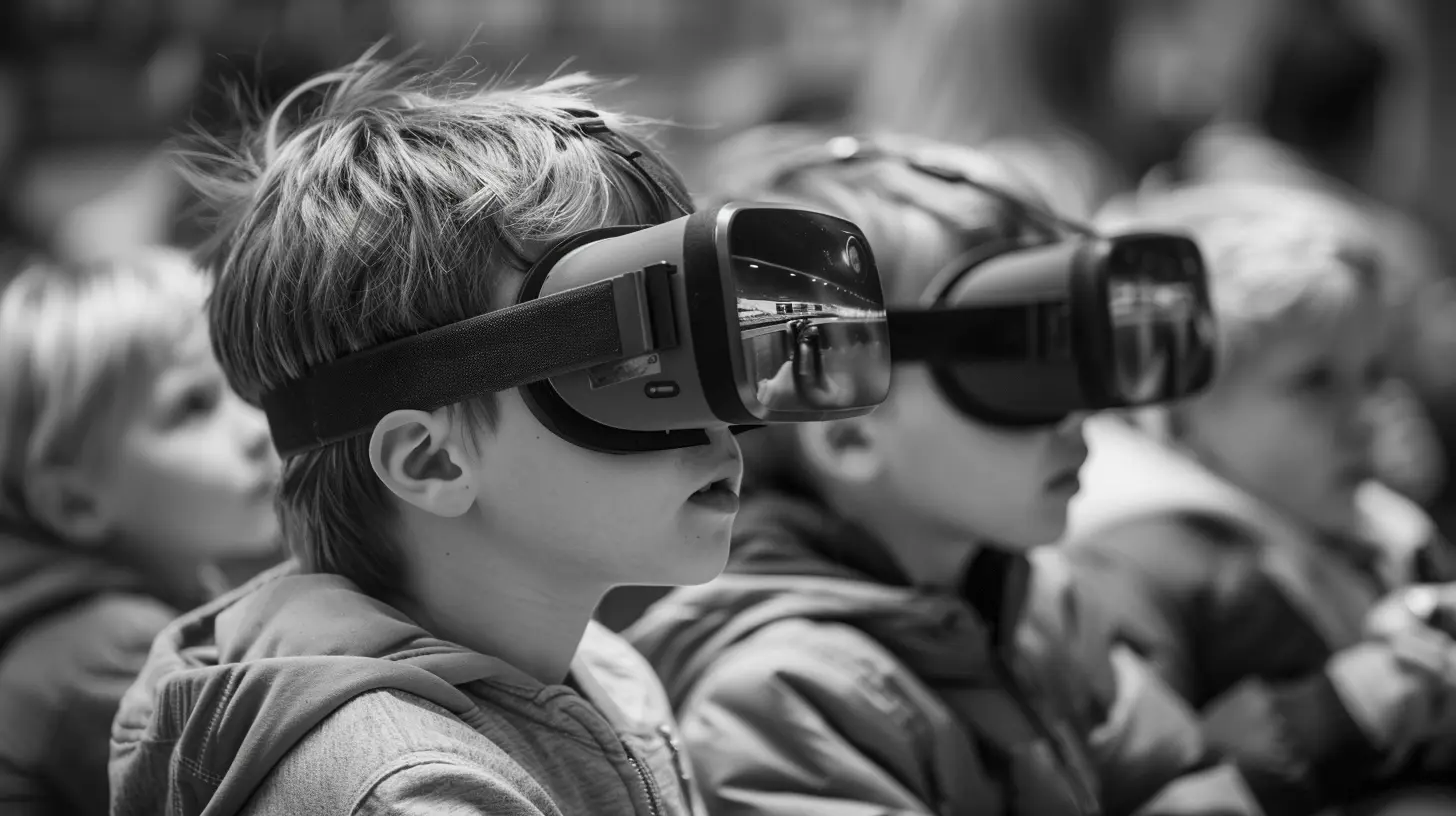
The Benefits of Virtual Reality in STEM Learning
Now that we’ve explored how VR is used in different STEM fields, let’s sum up its biggest advantages:✅ Increases student engagement – Learning becomes exciting and immersive rather than passive.
✅ Improves retention rates – Concepts are easier to remember when experienced firsthand.
✅ Provides a safe learning environment – No risks, no mess, no real-world consequences.
✅ Encourages experimentation and creativity – Students can explore, fail, and learn without fear.
✅ Bridges the gap between theory and application – Prepares students for STEM careers.
✅ Makes education more accessible – Students from all backgrounds can experience hands-on learning, even in remote areas.
With all these benefits, it’s no wonder VR is being hailed as the future of STEM education.
The Challenges of Implementing VR in Education
Of course, no technology is without its challenges. While VR has enormous potential, there are a few barriers to widespread adoption:🛠️ High Costs – VR headsets and software can be expensive, making it difficult for some schools to afford.
📖 Content Development – Not all subjects have high-quality VR educational content available yet.
🧠 Learning Curve – Teachers and students may need training to effectively use VR in classrooms.
📶 Accessibility Issues – Not all students have access to VR equipment at home.
Despite these challenges, continuous advancements in VR technology are making it more affordable and accessible. As VR becomes mainstream, we can expect it to revolutionize education even further.
The Future of VR in STEM Education
So, what does the future hold for VR in STEM learning? The possibilities are limitless!- AI-powered VR tutors that provide personalized learning experiences.
- Collaborative VR classrooms where students from around the world can learn together in the same virtual space.
- Advanced simulations that make even the most complex STEM subjects easy to grasp.
As technology improves, VR will become a standard tool in classrooms worldwide. The future of education is digital, immersive, and incredibly exciting!
Final Thoughts
Virtual Reality is not just a cool gadget—it’s a game-changing tool that’s transforming STEM education. By making learning interactive, engaging, and hands-on, VR helps students understand and retain knowledge like never before.From virtual science experiments to engineering simulations, VR is bridging the gap between learning and doing. While challenges remain, the future of VR in education looks bright.
Who knows? The next Einstein or Marie Curie might just be learning through VR right now!
all images in this post were generated using AI tools
Category:
Stem EducationAuthor:

Olivia Lewis
Discussion
rate this article
1 comments
Thea McClary
Virtual reality bridges imagination and reality, fostering deeper engagement and understanding in STEM education.
October 15, 2025 at 11:20 AM

Olivia Lewis
Absolutely! Virtual reality enhances STEM education by creating immersive experiences that engage students and deepen their understanding of complex concepts.

